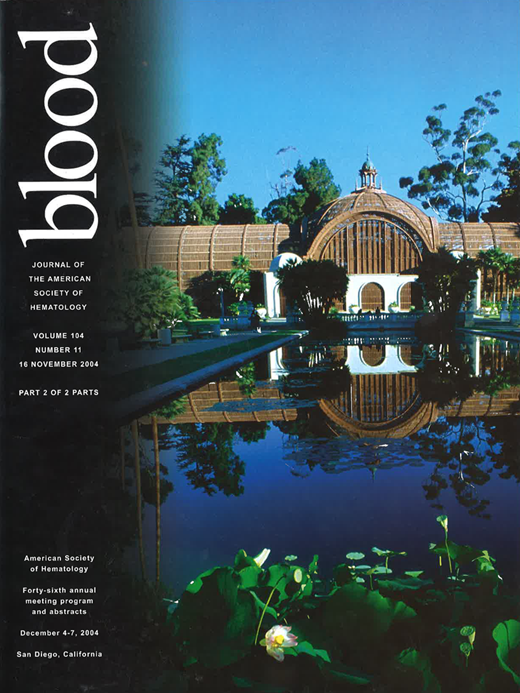Abstract
Introduction - Aims: Patients with refractory anemia with ringed sideroblasts (RARS) treated with erythropoietin (rh-Epo), usually exhibit less favorable response, comparing to other types of MDS. The addition of G-CSF improves response rate and newly diagnosed patients, transfusion independent, with higher hemoglobin (Hb) and low plasma Epo levels (<200 mIU/ml) are the best candidates to respond to combination regimens. We investigated whether the in vitro response of committed progenitor cells to growth factors and the detection of apoptosis in BM cells could predict the clinical response to treatment in these patients.
Patients and methods: Sixteen anemic patients with RARS (4 female, 12 male, median age 71 years) were included in the study. The median Hb was 8.8 g/dl and 12 patients were transfusion-dependent. Karyotype was available in 13 cases and it was normal in 10 and abnormal in 3. IPSS was low in 8 cases and intermediate-1 in 5. Bone marrow colony-forming cells (CFC) were cultured in classical semisolid medium (with Epo alone) and the growth pattern was compared to that in a medium enriched with SCF, G-CSF, GM-CSF, IL-3 and IL-6. The ratio of developed colonies/105 marrow mononuclear cells with the enriched vs. the standard medium was determined as Increment Index (I.I.). Presence of apoptosis was investigated in BM aliquots of 11 patients with a DNA fragmentation assay. Patients were treated with rh-Epo 100-300 IU/Kg plus G-CSG 0.1-0.2 μg/kg sc. in alternative days and response was evaluated after 6 months of treatment. The in vitro response of progenitor cells to growth factors was correlated with the in vivo response to treatment. Every kind of response was also correlated with the presence of apoptosis, as well as with the clinical and laboratory features of the patients.
Results: The enriched medium led always to an increased total CFC (mean I.I. 3.55, range 1.5–12.3) and BFU-E number (mean I.I. 2.4, range 1.2–6.1). Apoptosis was detected in 7/11 marrow samples, and its presence was associated with decreased number of BFU-E and of total CFC colonies, with the standard (BFU-E: 6.7±4.2 vs. 15±19, p=0.042, total CFC: 17±9 vs. 34±60, p=0.012) and the enriched medium (BFU-E: 15±11 vs. 31±60, p=0.048, total CFC: 63±37 vs. 84±113, p=0.026). However, apoptosis had no impact in the I.I of both type of colonies. Six patients (37.5%) responded to treatment, and 2 of them became transfusion-independent. All but one responded patients had low IPSS, higher absolute neutrophil count (2.75±0.7 vs. 1.7±0.9 x 109/l, p=0.037), and significantly lower serum Epo levels (62±43 vs. 209±93 IU/ml, p=0.004). Two of 5 responders and 5/6 non-responders exhibited apoptotic model in their marrow (p: n.s.). There was no difference in the I.I. between responders and non-responders to treatment (BFU-E: 2.75±1.17 vs. 2.42±1.51, p: ns, CFC: 2.8±1.16 vs. 3.16±4.1, p: ns). One of the 6 responders and 3/10 non-responders evolved to a more aggressive MDS or AML. Total median survival was also not different between the two groups of patients (responders: 93 months, non-responders: 67 months, p=0.281).
Conclusive remarks: Neither the in vitro response of BM progenitors to growth factors, nor the presence of apoptosis in BM cells, could predict the clinical response to treatment with the used combination of rh-Epo+G-CSF in this group of patients with RARS.
Author notes
Corresponding author

